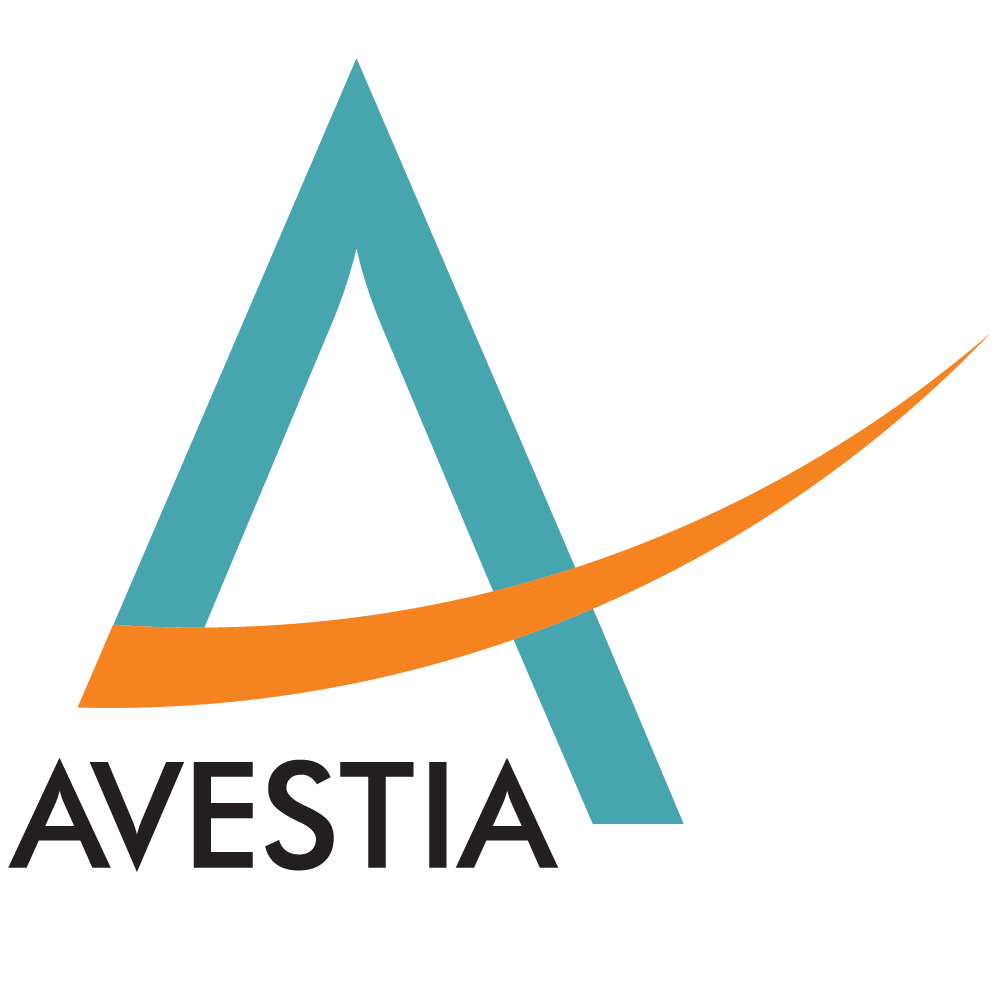Farough Agin, Clémence Fauteux-Lefebvre, Jules Thibault
Abstract: This study explores the use of machine learning and multi-objective optimization to improve the catalytic conversion of sulfur dioxide to sulfur trioxide, a key process in sulfuric acid production and environmental mitigation. A feedforward neural network model is employed to predict the sulfur dioxide conversion based on the catalyst composition and the prevailing operating conditions. Subsequently, multi-objective optimization methodologies are employed to identify optimal solutions that concurrently maximize conversion and productivity while minimizing the associated catalyst costs. Two case studies are conducted to determine the optimal catalyst/promoter composition and operating conditions for sulfuric acid production. The first candidate involves a combination of vanadium and potassium, while the second focuses on platinum. The study highlights the potential of these methodologies to enhance sulfuric acid production efficiency and address pollution, contributing to industrial productivity and environmental sustainability.
Keywords: Sulfur dioxide conversion, Sulfuric acid, Pollution mitigation, Machine learning, Multi-objective optimization
Date Published: February 12, 2025 DOI: 10.11159/jmids.2025.001
View Article